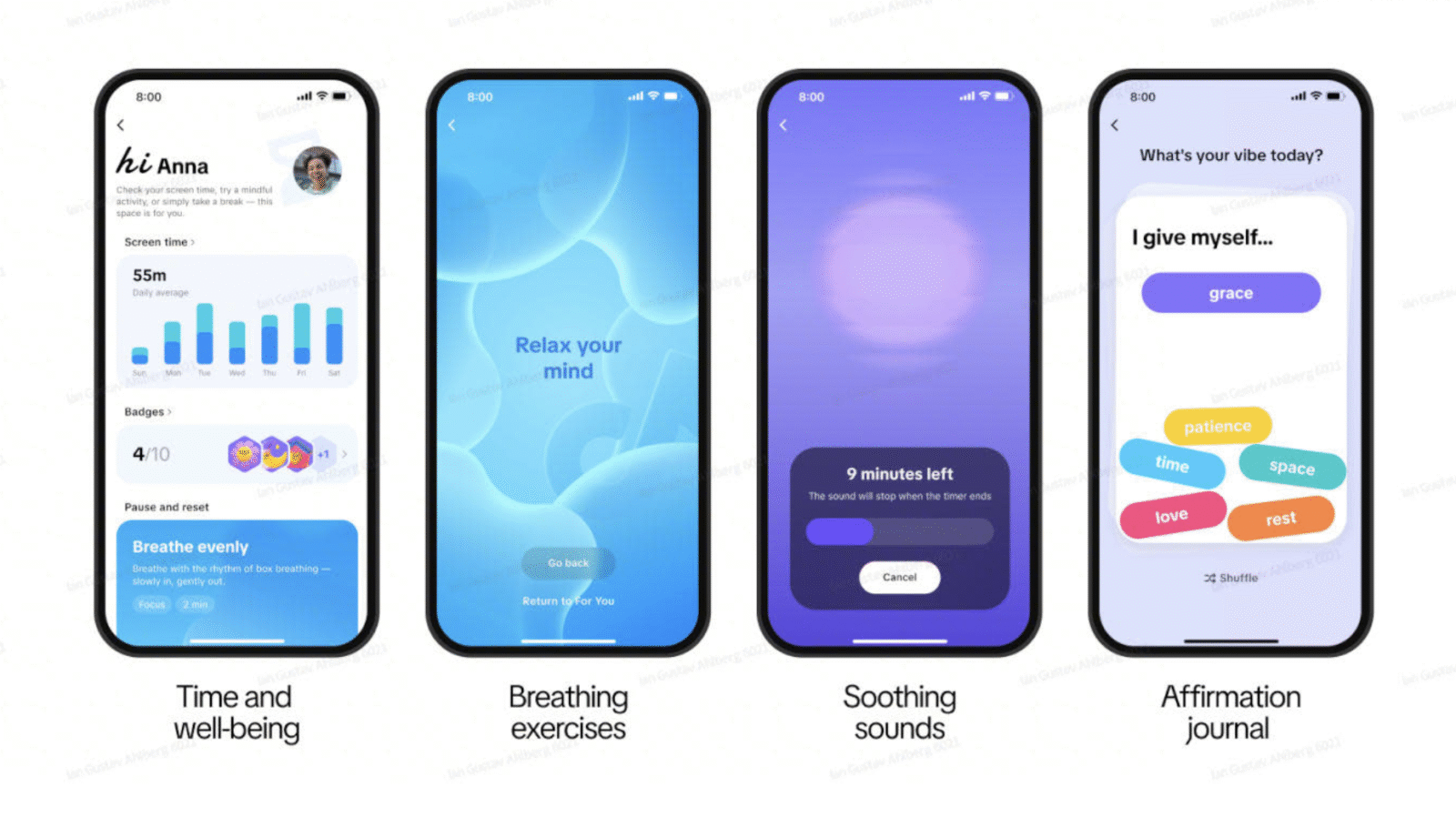I bet you’re using a $1200 phone with a 12 mega-pixel camera that can shoot 1080p videos. Well good for you. And if you tire of it? Then you’ve always got your high-end digital camcorder to turn to. Brilliant.
Nowadays, you can shoot high res films with relative ease, but on this day, we will be going back to the 80s again, to a time when budding filmmaker kids queued up at Toys R Us for the $100 (not adjusted for inflation) plastic filming machine that had parents bursting with laughter.
The PXL-2000
So the thought-process behind this beast of a machine, which cost an eighth of a “normal” camcorder, was to have something cheap that could be used by kids to make their own films. The result was this harebrained, low-spec camera that captured 100 lines of resolution at 15 frames per second. Just to give you an idea, most camcorders record at 30 frames per second.
The marketing team behind the product really stressed on its simplicity, and indeed it was far from complex, allowing you to shoot around five minutes of black-and-white, analogue footage on either side of a C90 cassette (remember those?). In other words, no special modes, effects, or any of it.

In case you forgot how one of these looks, it’s not that difficult to conjure up a memory of it. Buttons on the underside, shaped kind of like a pistol with a scope on top, weird, but effective asymmetric rhombus grip, and a fixed-focus lens. Unlike the more ‘sophisticated’ camcorders, this one only had one customizable option: a little filter that could go over the lens in bright light.
There were two packages on offer: one a simple camera-bipod combo, the bipod being a sort of stand to hold the camera upright, a cassette (or tape for use of an alias), and television cables to hook it up to the telly (there was no in-camera viewing on this). The ‘upgraded’ option was all of that plus a 4.5-inch portable television and AA batteries (it took 6 to power the camera, although it could also be connected to an external power supply).
The PXL-2000 in practice
What can one expect with a $100 camcorder? A grainy, pixelated, low contrast, lagging film. Do you know like how when you watch a 140p video on YouTube, and you’re trying to figure out which pixel is the soccer ball? Yeah, sort of like that. Add to it the fact that the images were black-and-white, and you had this eerie, ghostlike, choppy footage that was enough to raise the hair on anyone’s arms.
Initially, when this first came out in the 80s, it was deemed a failure. Maybe it was the ghostly images that freaked kids out, or maybe it was just the frustrating, pixelated viewing that freaked the adults out. Either way, it did not do as well as one would have hoped it would.
But one person’s garbage is another’s treasure, and in the 90s, the PXL-2000 took a turn for the better. And, as with many art forms, it was the underground, ‘boheme’ artists, who somehow found a silver lining in the grainy, trailing images, which they capitalized upon to create some truly inspiring artsy short films.
Richard Linklater (Boy) was one of the many high-profile names to have picked up a PXL-2000, which he used to shoot a 2-minute scene for his 1991 film, Slacker. It also gained some attention in mainstream media, such as films, where Ethan Hawke’s character in Hamlet actually uses one to film his video diary.
Want to see how a film shot on the PXL-2000 looks? Check out this archive here.
The PXL-2000 today
So we mentioned that this camera went for $100 (not adjusted for inflation), which wouldn’t be the case today. If you’re a true camera geek, and want to go back in time to film something, in analogue, on a tape, then you’re looking at something in the region of $300 on eBay. Alternatively, if you’re a really good hoarder, you might be able to get your hands on one for less.
Better still, take a dig in your parents’ attic, and see if they’ve kept your old toy for you, next to the Nintendo console, and your other toys from back in the day. Who knows, you might just find something that you like up there, and with a little modification (or not), you may just put together a beautiful montage that will blow minds.
What do you think about the PXL-2000? Is it an avant-garde tool for the indie filmmaker, or is it a budget 80s flop toy?






